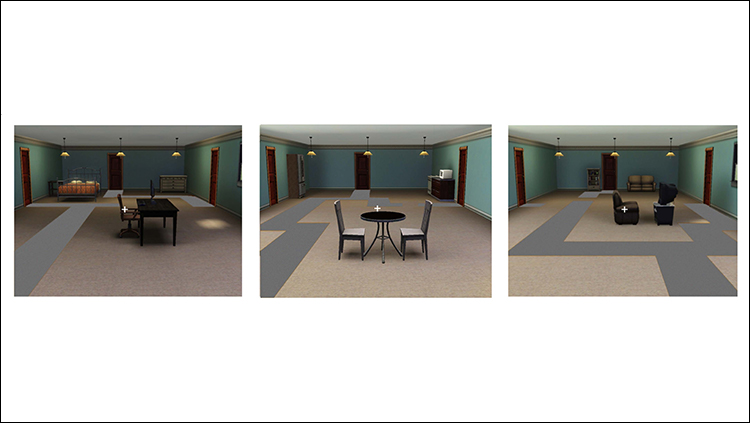Distinct Systems for Recognizing, Navigating Places

Our abilities to recognize places and find our way through them engage different parts of the brain, according to new findings from a neuroimaging study reported in JNeurosci. The research suggests humans process their environment like the objects within them, through distinct “what” and “how” systems in the brain.
Daniel Dilks and Andrew Persichetti asked healthy adults to either identify, imagine navigating through, or compare images of common places: a bedroom, kitchen, or living room. Using functional magnetic resonance imaging, the researchers found that two brain regions sensitive to visual scenes were selectively activated depending on the task at hand; the parahippocampal place area responded more strongly to the categorization task while the occipital place area responded more strongly to the navigation task. The results show the human visual system is more multifaceted than previously thought. This work could have important implications for the design of computer vision systems, with applications ranging from self-driving cars to recovery from various brain injuries.
Article: Dissociable neural systems for recognizing places and navigating through them
Corresponding author: Daniel Dilks (Emory University, Atlanta, GA, USA), dilks@emory.edu

















